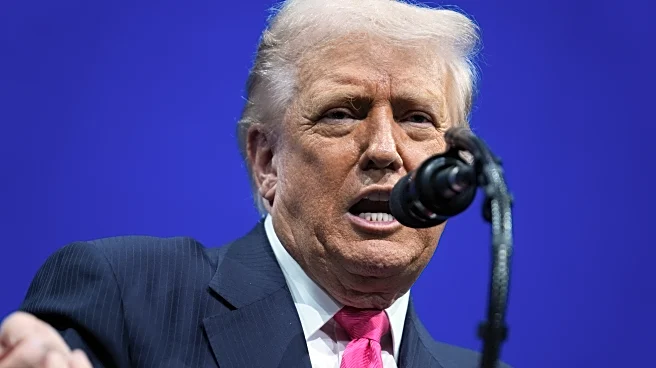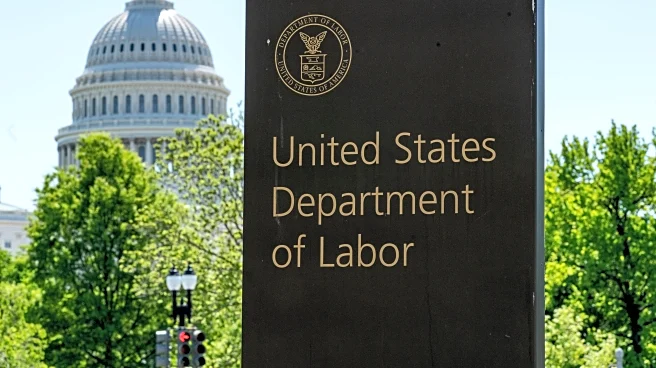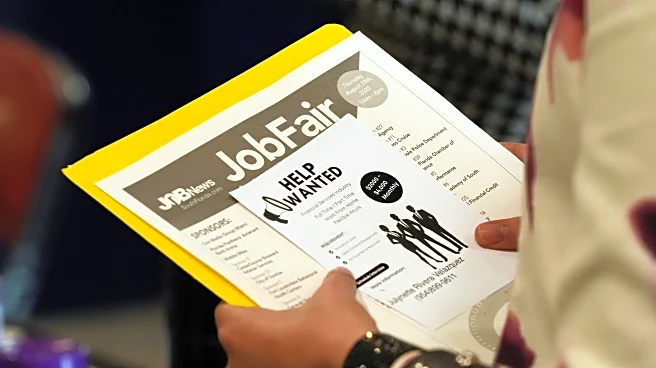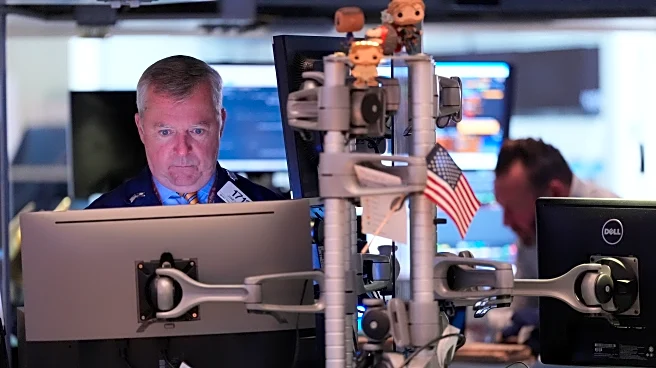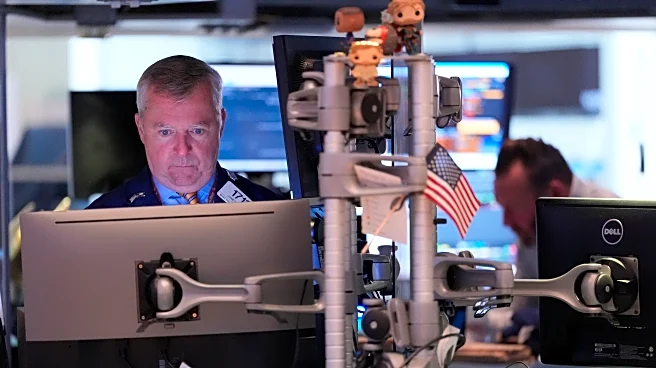During the 43-day U.S. government shutdown, investors, businesses, policymakers and the Federal Reserve were groping in the dark for clues about the health of the American job market. The federal workers
who collect data on hiring and unemployment had been furloughed and couldn’t do their jobs.
Now that the shutdown is over, the Labor Department will finally let a little light in Thursday, releasing jobs numbers for September — nearly seven weeks after they were due.
Economists expect to see a continuation of what was happening in the spring and summer: weak hiring but few layoffs, an awkward pairing that means Americans who have work mostly enjoy job security — but those who don’t often struggle to find employment.
Normally the stock and bond markets would shrug off such old data, said market strategist Matthew Ryan at the financial services firm Ebury. But investors are so desperate for fresh economic numbers that “we expect volatility around the report to be extremely high.’’
Here's the latest:
About half of U.S. adults believe democracy is functioning “very” or “moderately” poorly in the United States, while only around one-quarter think it’s doing “very” or “moderately” well, according to a new poll, marking a sharp decline from several decades ago when majorities thought democracy was generally working the way it should.
The Kettering Foundation-Gallup survey found that about two-thirds of Americans “strongly agree” or “agree” that democracy is the best form of government. Very few disagree, with about one-third saying they don’t have an opinion. But alongside the widespread disappointment in how democracy is working, few believe the country’s leaders are committed to democratic governance or think government decisions reflect the will of the people.
Few U.S. adults doubt their fellow Americans’ commitment to strong democracy, according to the poll, but they’re less certain about their political leadership. More than 4 in 10 Americans don’t believe their leaders are committed to having a strong democracy, while about 3 in 10 say they’re not sure.
▶ Read more about the poll on democracy in the U.S.
That’s because it couldn’t calculate the unemployment rate during the government shutdown.
Instead, it will release some of the October jobs data — including the number of jobs that employers created last month — along with the full November jobs report Dec. 16, a couple of weeks late.
That puts an even more intense focus on September jobs numbers released Thursday. They are the last full measurement of hiring and unemployment that Fed policymakers will see before they meet Dec. 9-10 to decide whether to cut their benchmark interest rate for the third time this year.
Stephen Stanley forecasts that employers added 75,000 jobs.
President Donald Trump’s crackdown on illegal immigration is expected to reduce the number of people looking for work, which means the economy can create fewer jobs without sending the unemployment rate higher.
In the past, Stanley wrote in a commentary Wednesday, the “breakeven’’ point for monthly job creation was seen as somewhere between 125,000 and 150,000; but as fewer immigrants seek work, he says, the job market can remain stable even if employers add just 50,000 jobs a month, maybe fewer.
